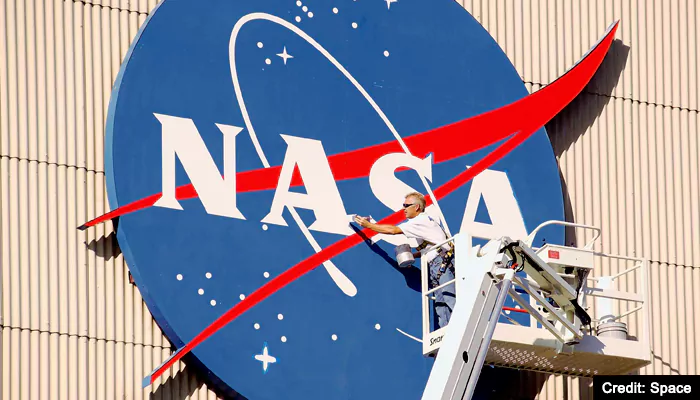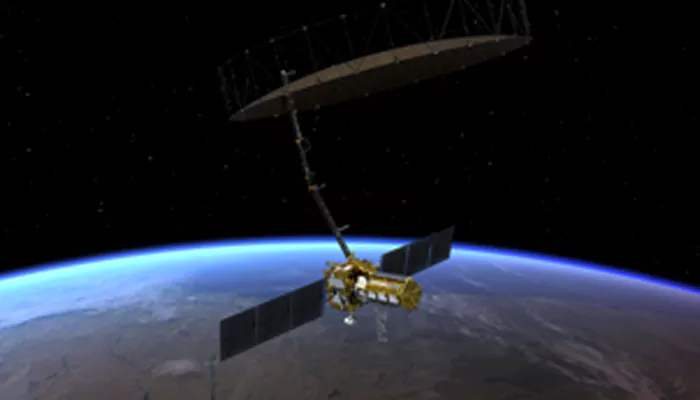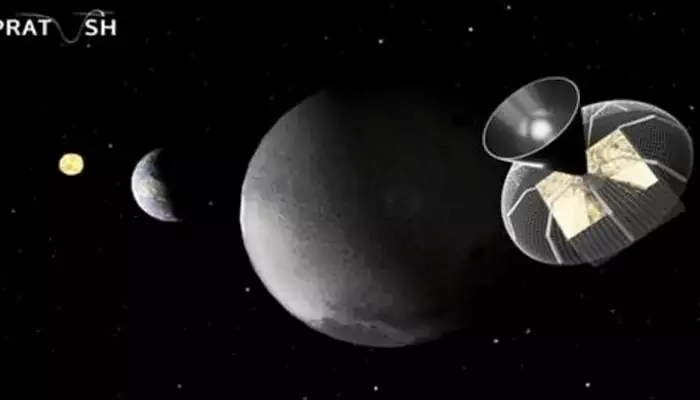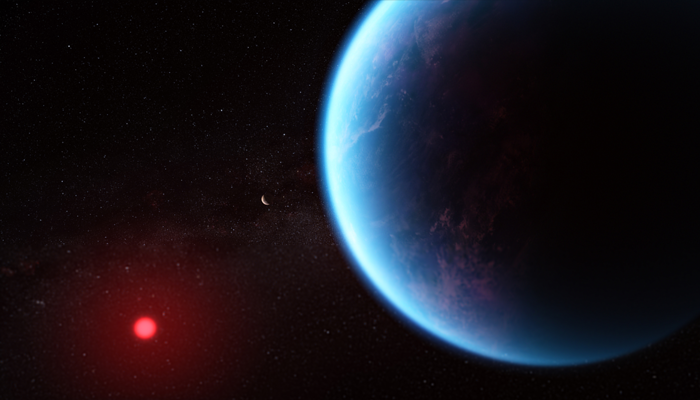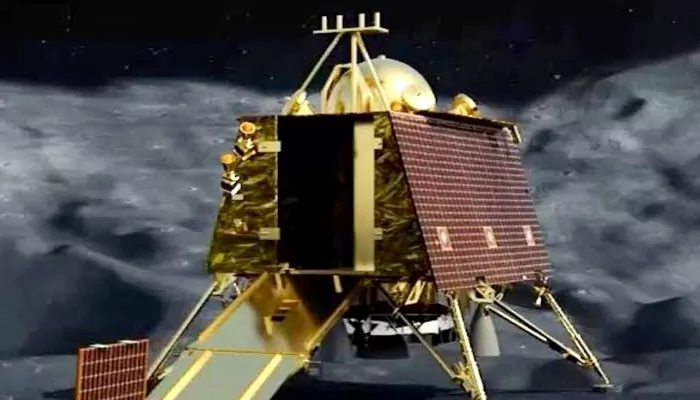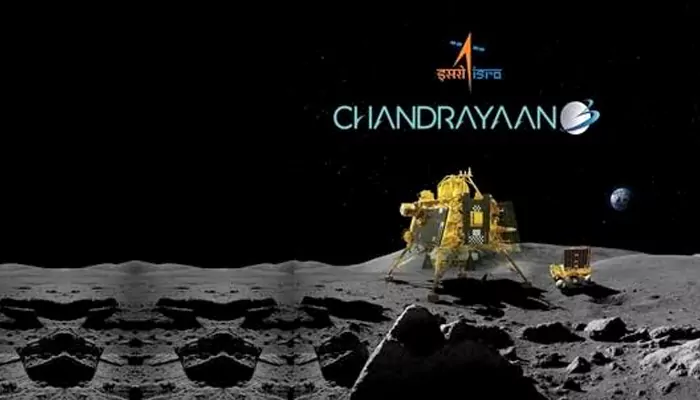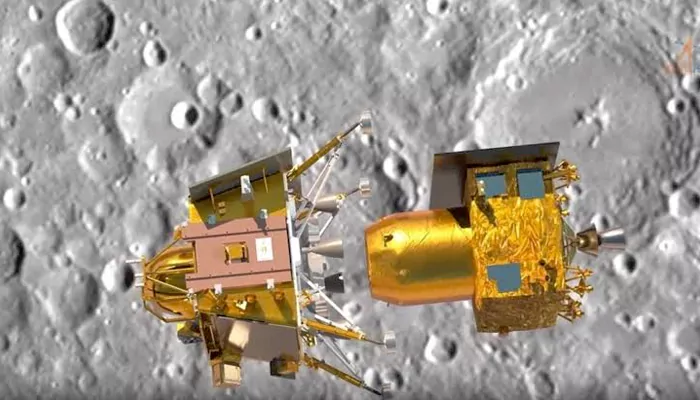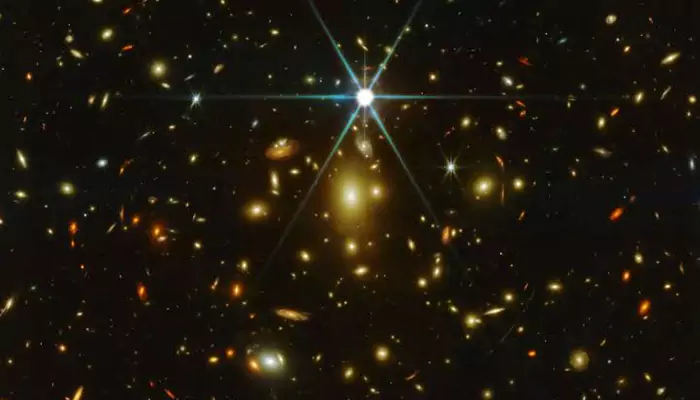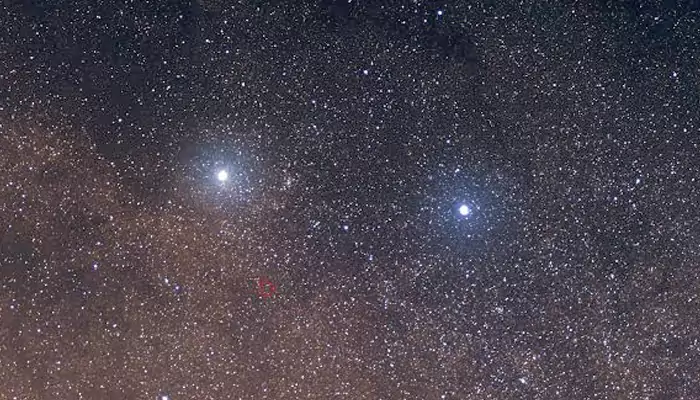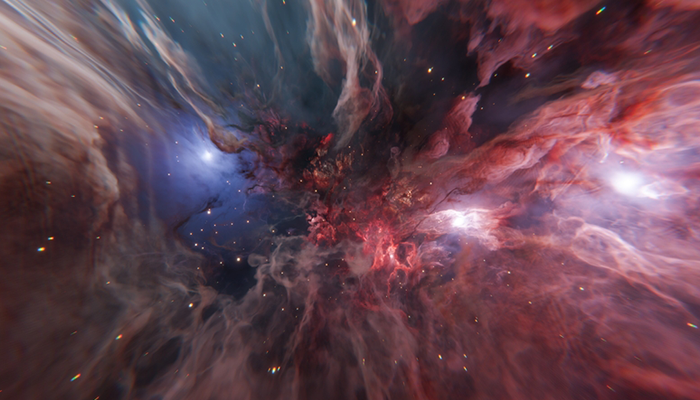Universe Unfolds: Witness 10 Captivating Images Captured by NASA's Telescope
- Orna Ghosh
- 1 year ago
- 3 minutes read

Our universe is a vast and awe-inspiring place- filled with celestial wonders beyond our wildest imaginations. Thanks to the incredible technology of NASA's telescopes, we can embark on a breathtaking journey through space without ever leaving Earth.
Here, we present ten captivating images captured by NASA's telescopes that will leave you starry-eyed.
Pillars of Creation (Hubble Space Telescope)
This iconic image showcases towering pillars of gas and dust within the Eagle Nebula, a star-forming region. The dark-sinuous tendrils are sculpted by the winds and radiation from young, nearby stars, creating a scene of ethereal beauty.
Cosmic Reef (Hubble Space Telescope)
This mesmerising image resembles a vibrant coral reef, but it's a vast cloud of gas and dust in the Carina Nebula. The vibrant colours represent the birthplaces of new stars, while the intricate structures reveal the sculpting power of stellar winds and radiation.
Phantom Galaxy (Spitzer Space Telescope)
This ghostly image captures a spiral galaxy tilted edge-on, revealing its breathtaking structure. With its ability to detect infrared light, the Spitzer Space Telescope unveils the vast dust lanes and glowing star-forming regions within the galaxy, creating an ethereal and almost phantom-like appearance.
Jewel of the Coma Cluster (Chandra X-ray Observatory)
This image, captured by the Chandra X-ray Observatory, unveils the hot gas surrounding a giant elliptical galaxy at the centre of the Coma Cluster. The swirling tendrils of gas, millions of degrees hotter than the stars themselves, paint a mesmerising picture of the energetic processes occurring within galaxy clusters.
Jupiter's Great Red Spot (Hubble Space Telescope)
This iconic image showcases the largest anticyclonic storm in our solar system, Jupiter's Great Red Spot. The swirling storm (larger than Earth) the swirling storm has been raging for centuries, and Hubble's sharp eye allows us to witness its complex structure and ever-changing colours.
Saturn's Rings (Cassini Spacecraft)
This detailed image, captured by the Cassini spacecraft, reveals the intricate structure of Saturn's majestic rings. The image showcases the delicate bands of ice and dust particles, each with its unique characteristics, highlighting the mesmerising beauty of Saturn's ring system.
Cosmic Cliffs (James Webb Space Telescope)
This groundbreaking image from the James Webb Space Telescope unveils the "Cosmic Cliffs" within the Carina Nebula in unprecedented detail. The towering cliffs of gas and dust are sculpted by stellar winds and radiation- revealing never-before-seen information about star formation within this celestial nursery.
Stephan's Quintet (Hubble Space Telescope)
This image captures a dramatic interaction between five galaxies. The gravitational pull of these galaxies distorts their shapes, triggering bursts of star formation and long tails of gas and dust. Hubble's view offers a glimpse into the dynamic and often violent dance of galaxies in the universe.
Exoplanet Atmosphere (Hubble Space Telescope)
The groundbreaking image showcases the atmosphere of an exoplanet- a planet orbiting a star outside our solar system. By analysing the light filtering through the planet's atmosphere, scientists can learn about its composition and potentially even search for signs of life.
Hubble Deep Field (Hubble Space Telescope)
This iconic image- the Hubble Deep Field, captures a tiny patch of the sky filled with thousands of galaxies, some dating back to just a few hundred million years after the Big Bang. This image offers a humbling glimpse into the vastness and age of our universe.
Each image expands our understanding of the universe and inspires us to continue exploring the cosmos. So, the next time you look up at the night sky, remember the incredible technology that allows us to witness these celestial wonders up close!

